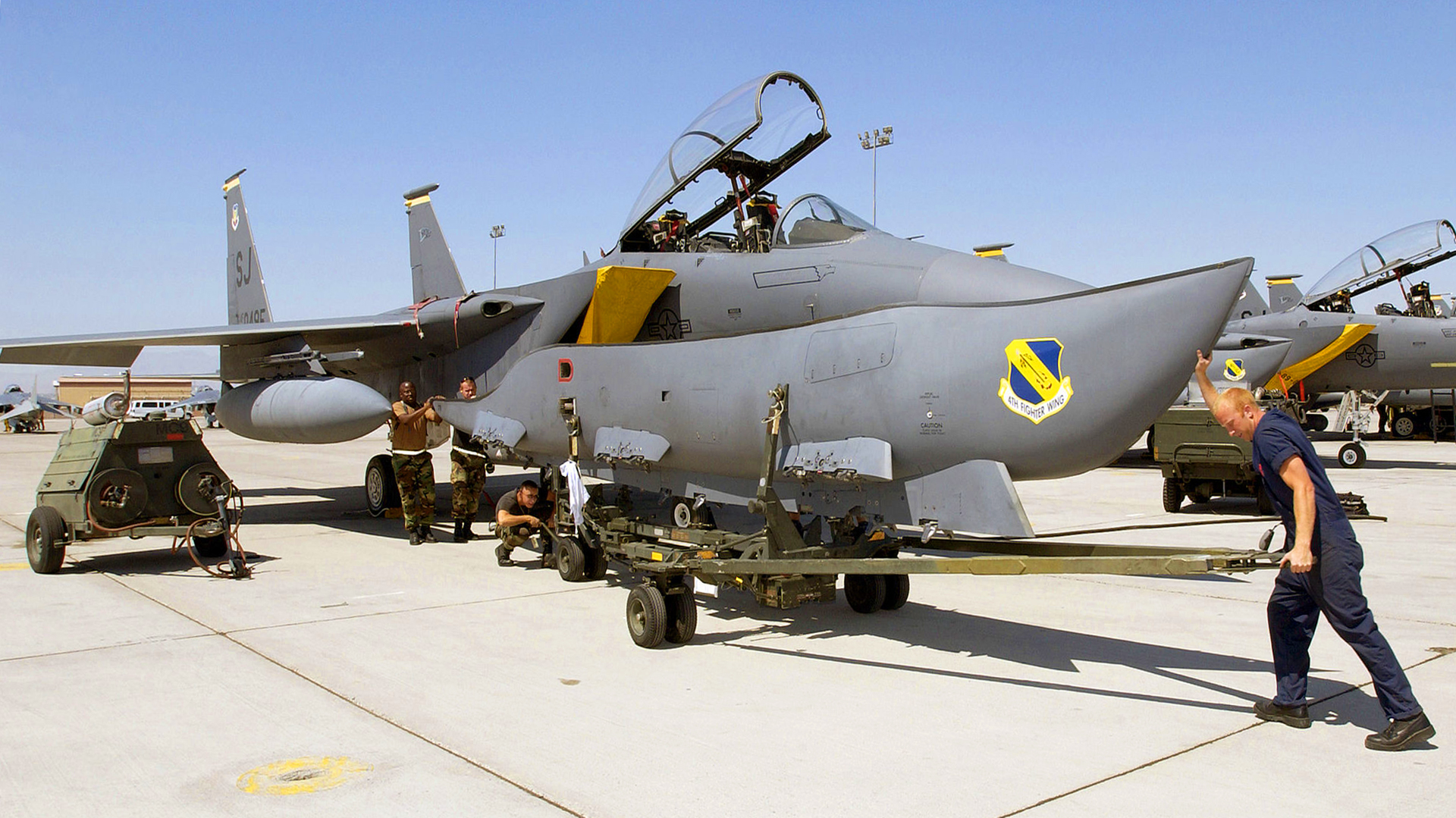Some of the F-15E Strike Eagles in the U.S. inventory may appear a little thinner as of late. A pioneering initiative is underway that optimizes the F-15E for certain air-to-air mission sets and this includes shedding its staple conformal fuel tanks to achieve higher performance. The move comes as news about the fate of conformal fuel tanks on the Air Force’s new F-15EX has also emerged.
According to the newly released annual report from the Pentagon’s Director of Operational Test and Evaluation, that The War Zone was first to report on, the U.S. Air Force’s first operational Boeing F-15EX Eagle II fighters will not be equipped with conformal fuel tanks, or CFTs. Suffice it to say, CFTs increase fuel capacity and therefore range without giving up precious stores stations. For the F-15, they actually add additional hardpoints for carrying air-to-ground weapons, too.
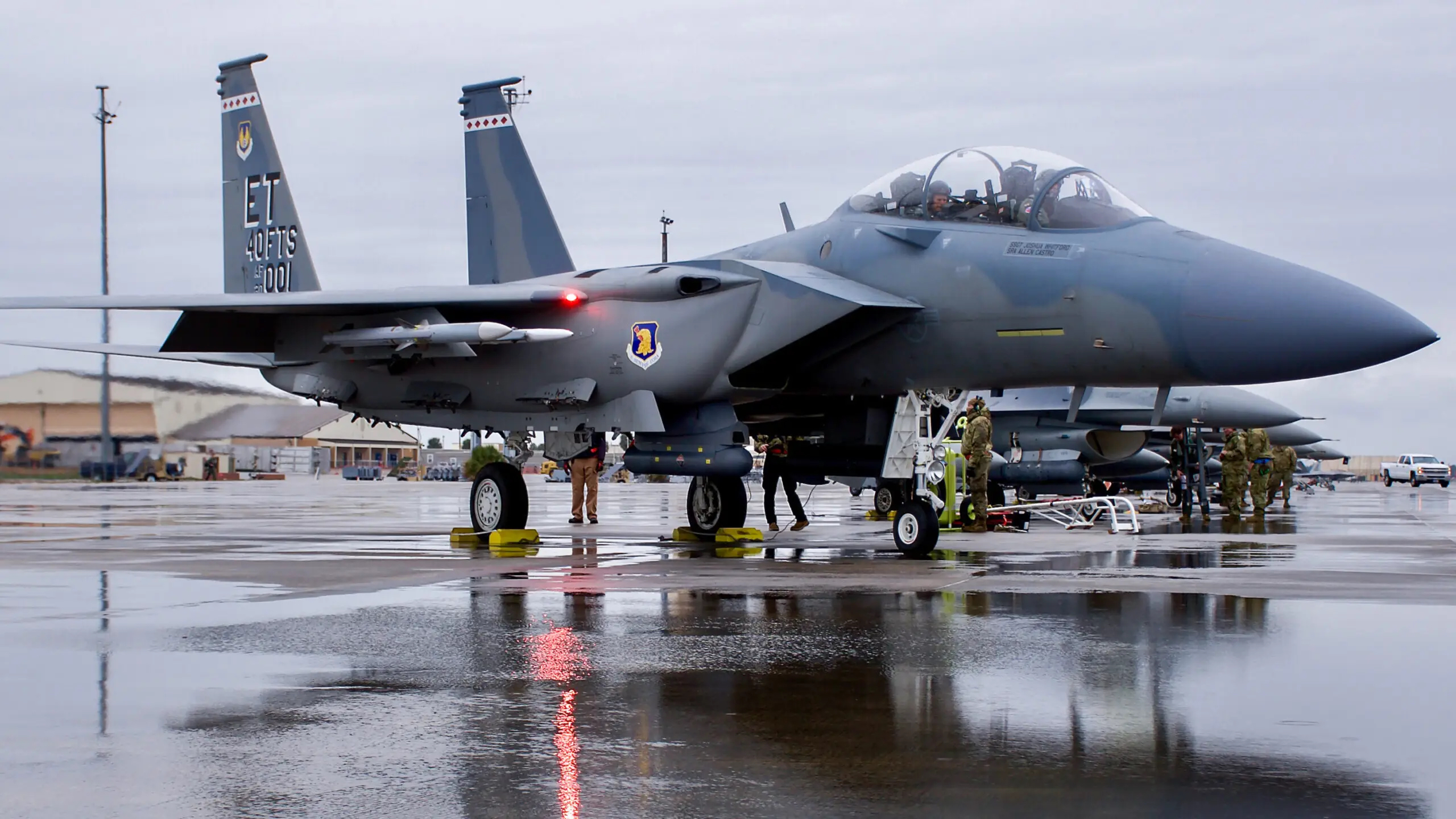
The Air Force has been conducting initial F-15EX testing with a pair of the fighters that it received in 2021 from manufacturer Boeing. Both of these are equipped with CFTs, in line with other current Advanced F-15 production variants for export customers such as Saudi Arabia and Qatar. However, the U.S. government did not procure CFTs for its new F-15s. In fact, the CFTs currently in test on the pair of USAF F-15EXs are actually on loan from an Air National Guard unit that procured them in the past.
“Following the initial portion of Phase 1 testing, the Air Force’s Air Combat Command clarified that the aircraft configuration for the first operational F-15EX units will not include conformal fuel tanks (CFT),” according to the new report. “While the initial Phase 1 testing was done with CFTs, it is likely that the test data produced will still be representative of the production aircraft equipped with two external tanks, as now planned.”
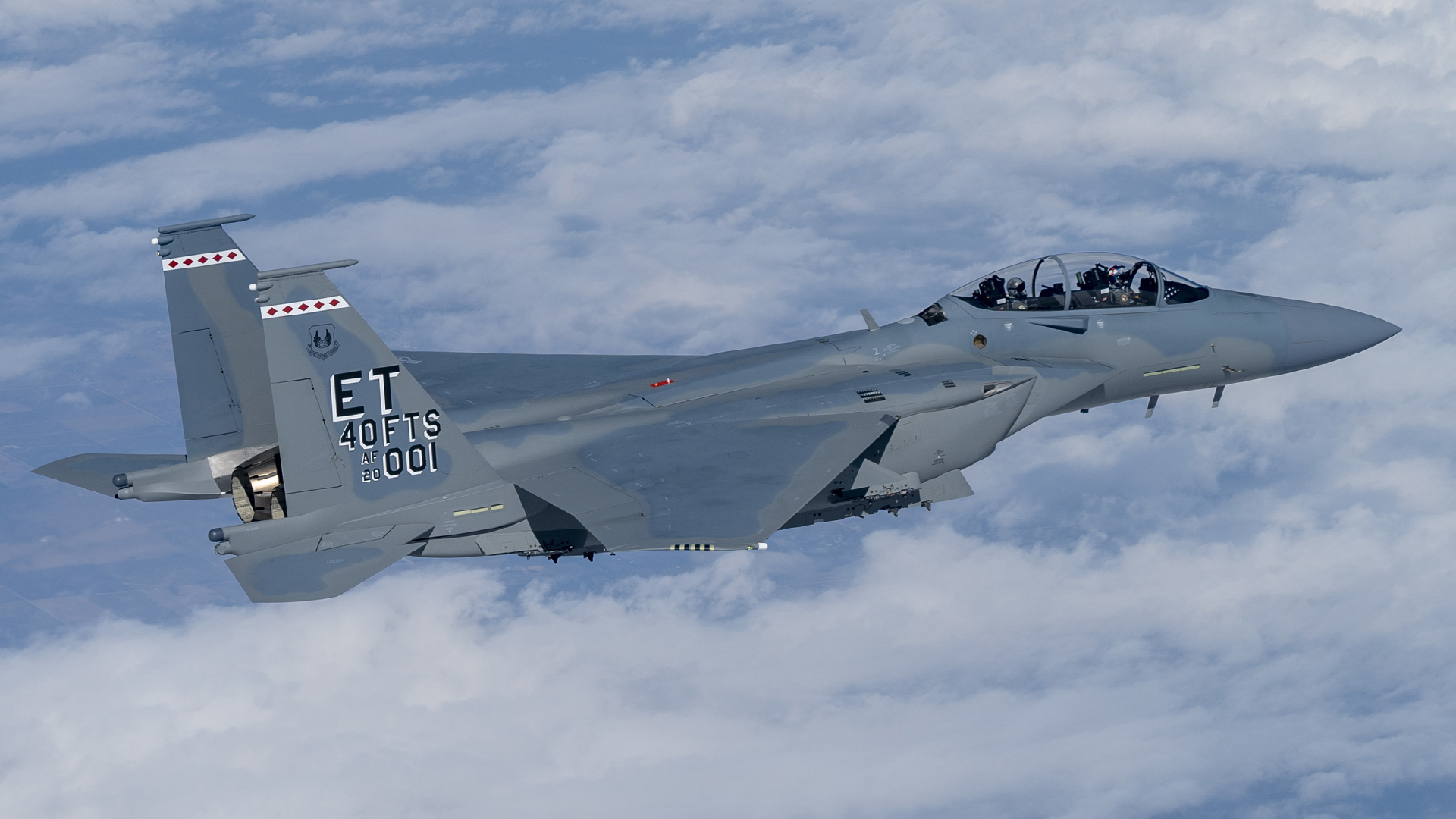
Until CFTs are procured and provisioned, the F-15EX’s air-to-ground capabilities will be almost non-existent, with only the inner wing and centerline hardpoints potentially able to carry any air-to-ground munitions. While the omission, at least initially, raises questions over specific ground-attack mission capabilities, it is also indicative of the mission the F-15EX will perform. As of now, they will equip F-15C/D units which have no air-to-ground mission and it seems like they won’t be getting one with their new mount, either. Although acting as a launch platform for outsized standoff strike weapons in a limited secondary capacity still seems like a possibility, at least sometime in the future.
Regardless, now it’s not unprecedented for the USAF to fly its existing F-15E Strike Eagles without their ‘standard’ CFTs, even though the air-to-ground mission is central to their role. These CFTs are of the same design as those on the Advanced F-15, and similarly attached onto the outside of the intake trunks.
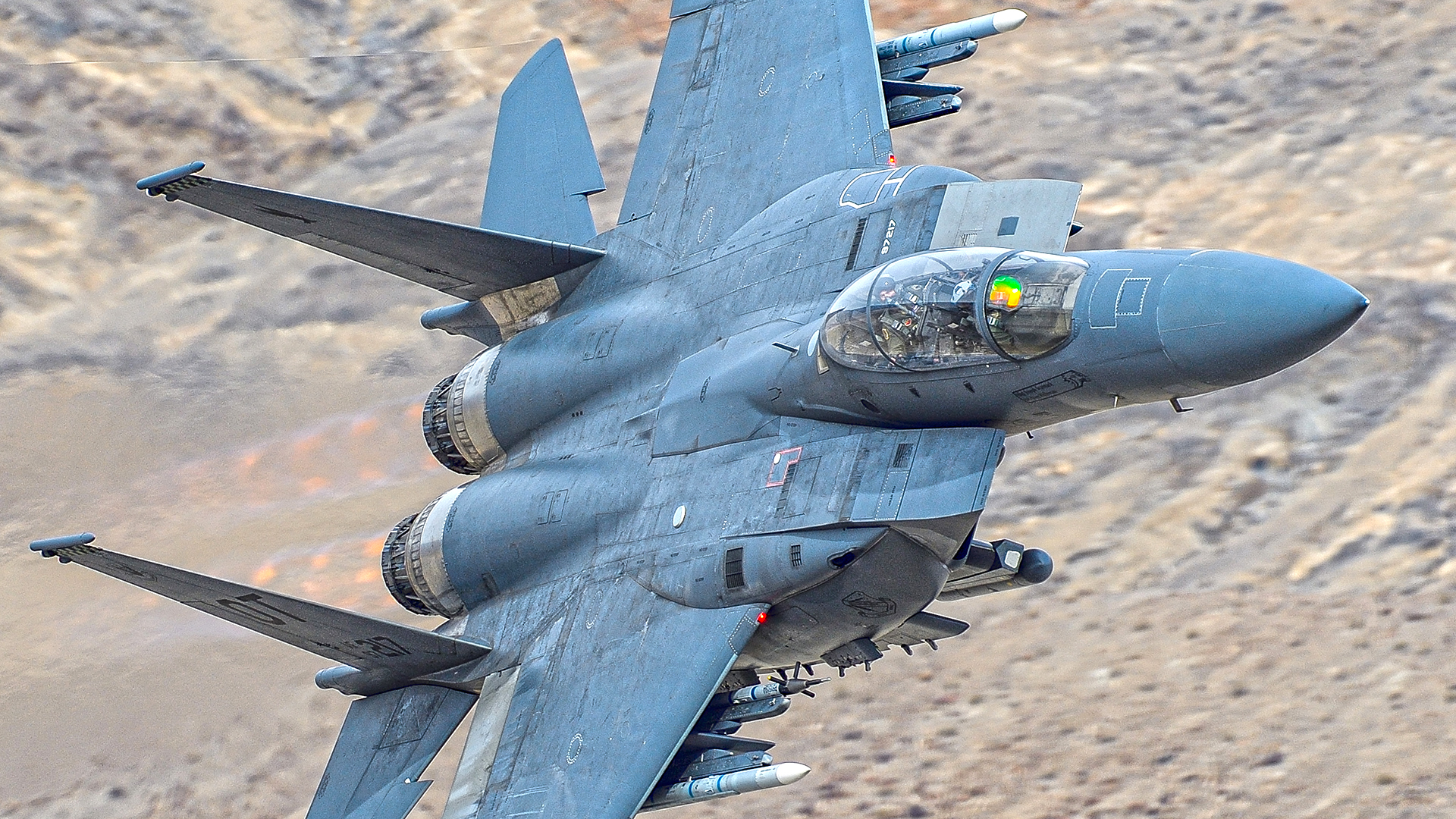
The CFTs are principally where the Strike Eagles carry air-to-ground munitions, with six stations apiece. The CFTs also accommodate around 750 U.S. gallons of additional fuel each, compared to the 610-gallon external drop tanks that can be carried under the wings. One Strike Eagle pilot told The War Zone: “For a long time it was unspeakable for a Strike Eagle to not have CFTs on. It’s what makes the Strike Eagle a Strike Eagle. No one really flew them without CFTs — except to the depot for maintenance — until recently.”
F-15Es of the 48th Fighter Wing based at RAF Lakenheath, England, have traditionally had their CFTs removed for the long ferry flight back to the U.S. for scheduled depot-level maintenance at Warner-Robins Air Logistics Center. The CFTs are removed because they have a fairly high drag coefficient, with the reduced fuel capacity offset by the use of dedicated inflight refueling tanker aircraft for the long flights. One pilot said: “When you are sky-hopping somewhere, you can fly much higher and burn less fuel without the CFTs fitted.”
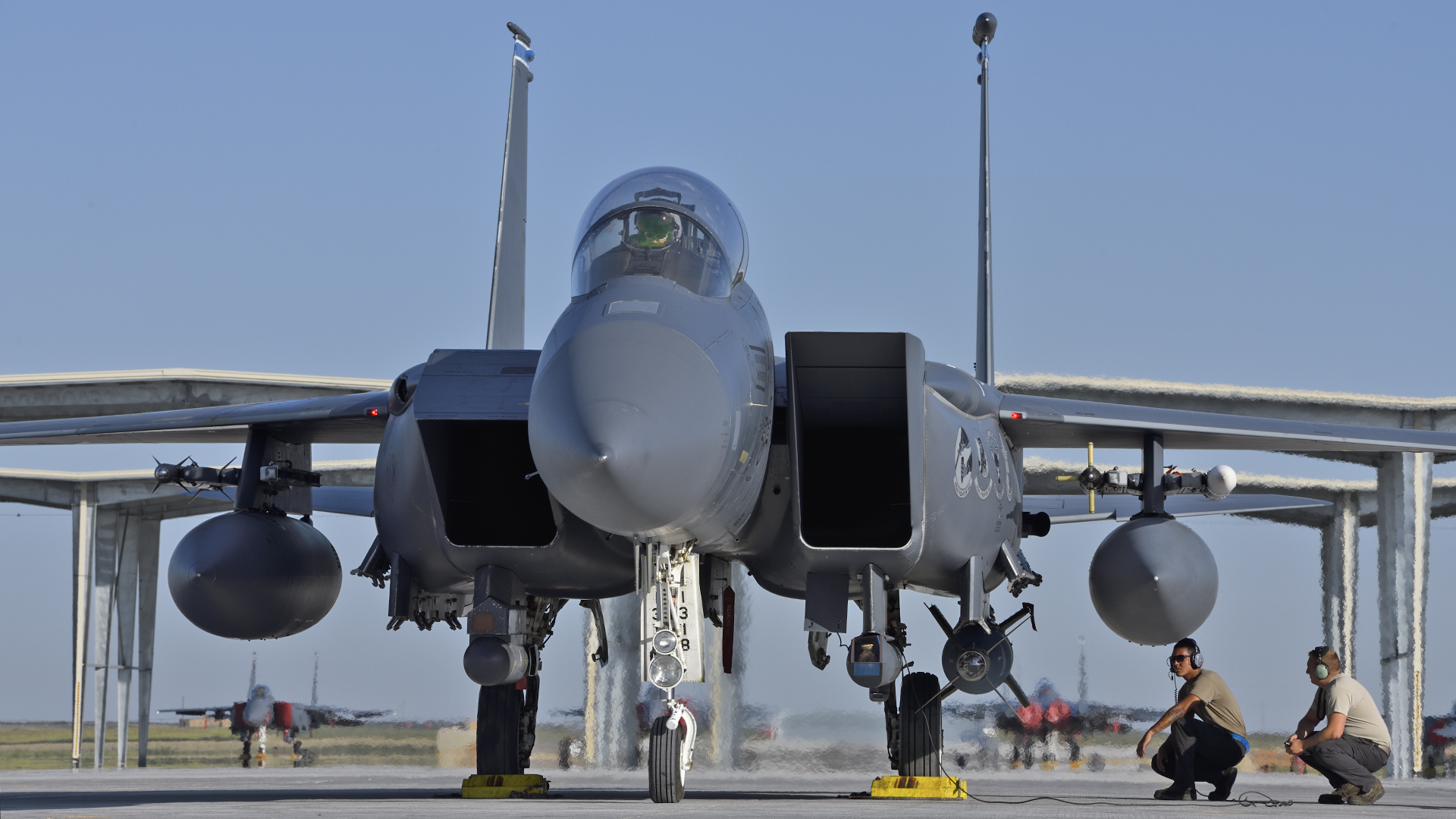
But it’s not just ferry flights that have seen the USAF Strike Eagle squadrons removing CFTs recently. The two Lakenheath squadrons have started flying ‘clean’ — without CFTs — on occasions since the 493rd Fighter Squadron ceased operations with the F-15C Eagle in 2022. The departure of the pure air-superiority F-15C from the European theater has resulted in an increased emphasis on air policing for the remaining pair of F-15E units assigned to United States Air Forces in Europe.
USAF F-15Es are powered by either a pair of F100-PW-220 engines that cumulatively produce 50,000 pounds of thrust, or the F100-PW-229 engines that provide 58,000 pounds of thrust. “The drag-to-fuel ratio is fairly equivalent in the big-motor F-15Es,” a pilot explained regarding the carriage of CFTs. “But they cost more fuel in the small-motor Strikes. More importantly, if you are doing a mission that you might have to fight an agile opponent one-on-one, up close, you do not want to have CFTs on the jet. Obviously, that mission won’t require bombs, which is why it’s always been blasphemy to take them off, but that stigma has evaporated now the F-15Cs are no longer so prevalent.”
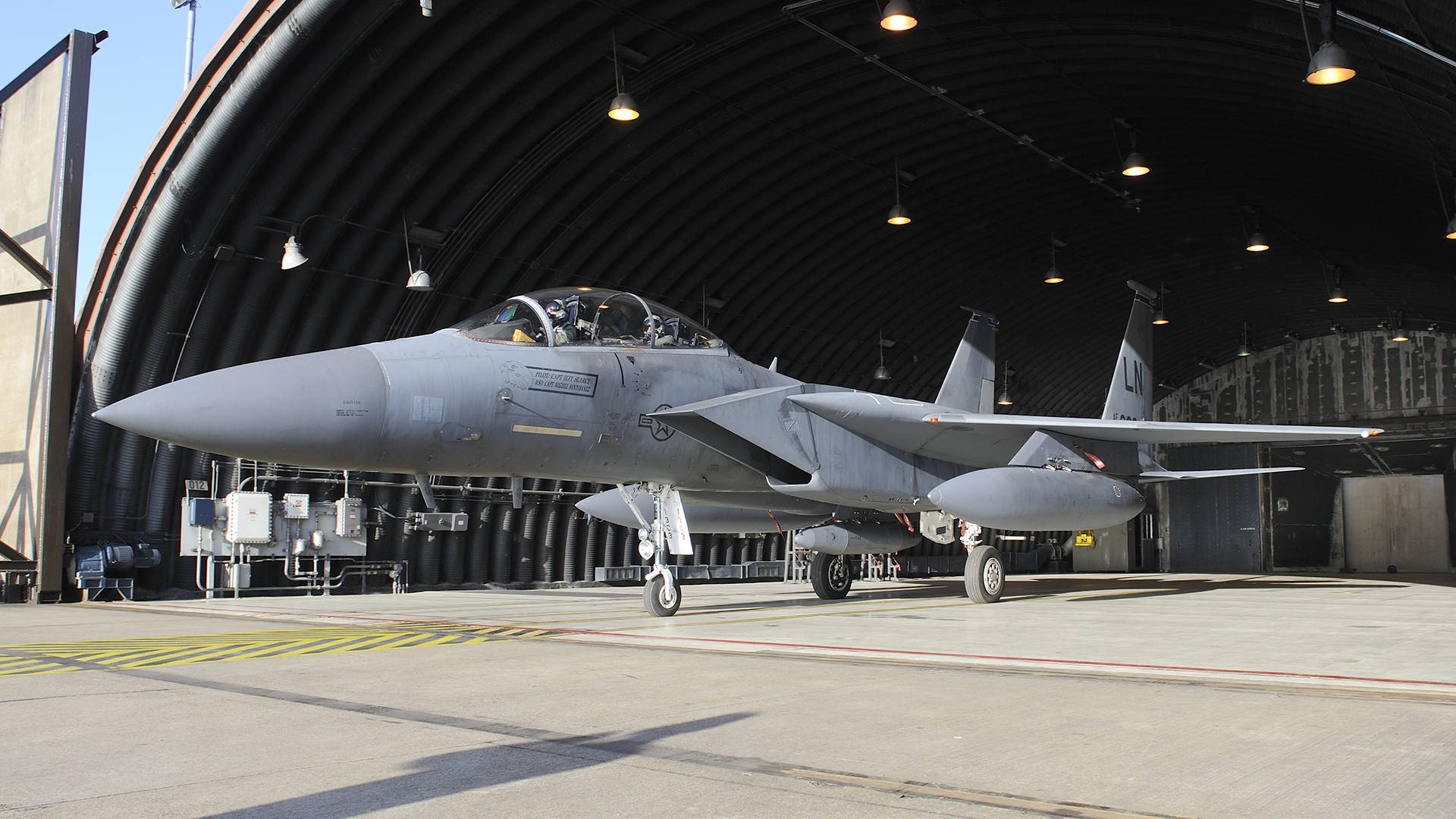
In fact, the F-15E community is now flying with an all-new combat configuration, based on a jet stripped of CFTs. The 492nd Fighter Squadron “Madhatters” at RAF Lakenheath began conducting deterrence operations at Łask Air Base, Poland, on November 29, 2022, as part of a scheduled aircraft rotation in support of the U.S. forward fighter presence along NATO’s eastern flank. In 2022, the squadron paved the way for the first-ever combat-credible no-CFT F-15E configuration. This is designed to increase the Strike Eagle’s air dominance capabilities by “enabling supercruise capability, maximizing offensive flow, and enhancing survivability within and beyond visual range with a full combat loadout,” according to USAFE.
This has paved the way for future growth and options to inform the F-15EX and E-model mission sets. The 492nd FS is the first ever to maintain a steady-state no-CFT configuration lineup and qualification program. Aircrews qualified in the new configuration during their deployment work-up as the Air Force’s immediate response force for air dominance.
“The no-CFT configuration was able to prove enhanced capabilities with an eight air-to-air missile loadout and beat all published offensive and defensive response assumptions. These enhanced tactics improve the USAF’s capability to counter current theater air-breathing threats within established rules of engagement,” said a USAFE source.
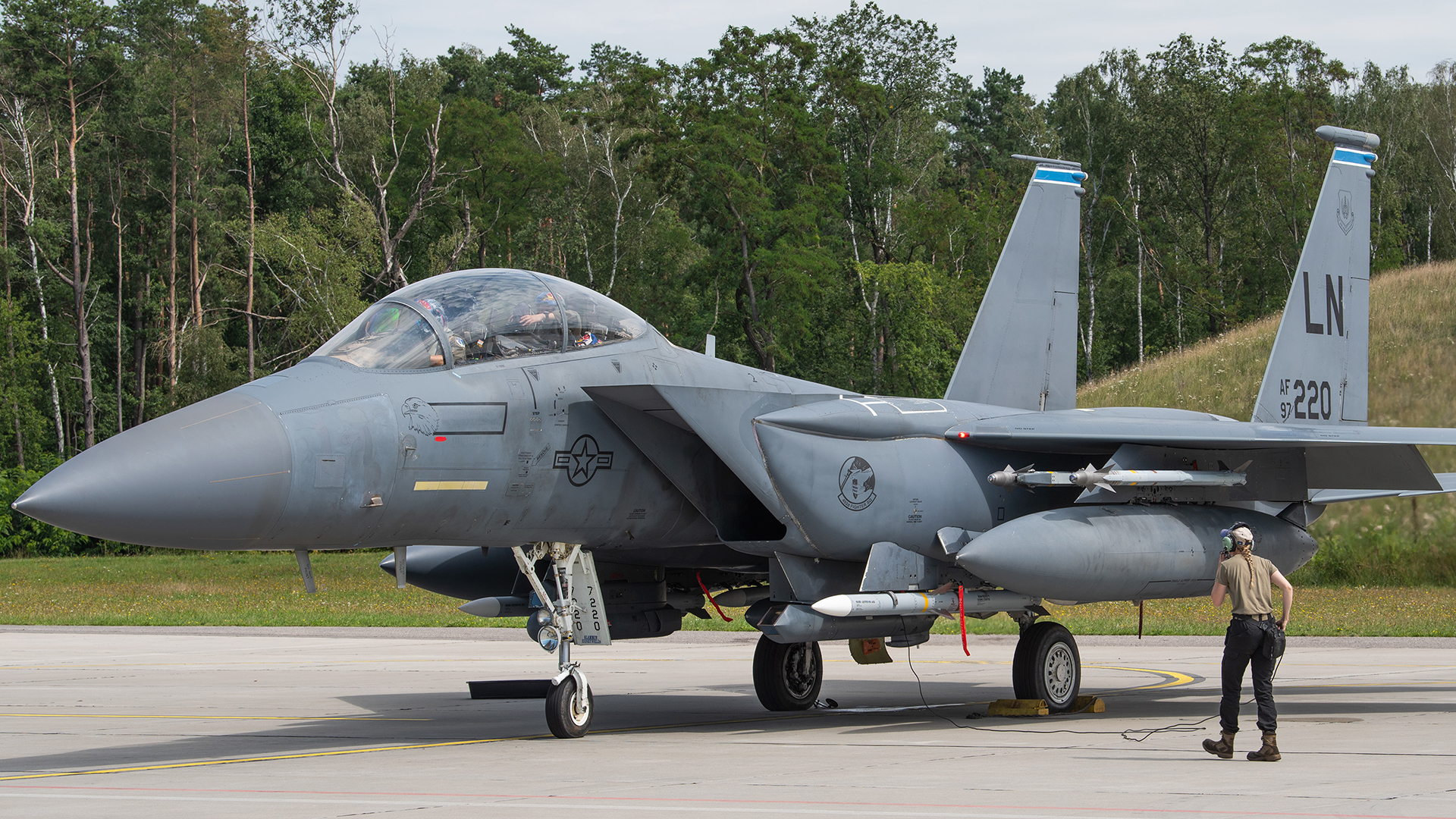
In our piece on the F-15EX’s own lack of CFTs, we recounted what Eagle pilots related to us in the past about the tanks:
“It is worth noting that CFTs do affect the overall speed and maneuverability of F-15s fitted with them. While this is also true of drop tanks, they can be jettisoned in flight to offer an immediate boost in performance in this regard, CFTs cannot. The War Zone has talked to F-15C/D pilots that have noted they like the ability to instantly optimize the jet for air-to-air combat and CFTs cannot offer that…”
Meanwhile, the first F-15EXs are bound for Air National Guard units to recapitalize F-15Cs, which demonstrates an initial emphasis on air-to-air operations. However, not adopting CFTs may end up being shortsighted for such a potent multi-role fighter, since it will be unable to properly flex into air-to-ground and fulfill its full potential. The tanks can also be beneficial for very long-range patrols over remote areas. For many years, F-15C/Ds based in Alaska and Iceland, tasked with alert and air sovereignty duties, wore CFTs.
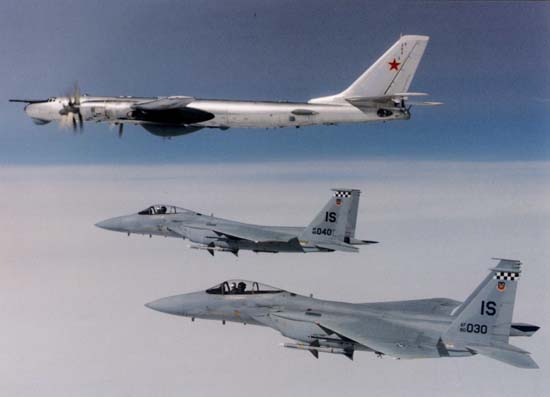
There are some other complications that deleting the CFTs incur. Without CFTs, neither the F-15E or the Advanced F-15 can currently carry a targeting pod. The F-15C is cleared to carry the Sniper Advanced Targeting Pod on the centerline station 5. However, the Strike Eagle and Advanced F-15 have not been tested and cleared to fly without CFTs while retaining with the traditional targeting pod on shoulder station 5A and AN/AAQ-13 terrain-following pod on 5B. Sniper carriage may need to be re-qualified or maybe F-15C station 5 approval needs to be leveraged for non-CFT F-15Es and EXs, to enable them to carry a targeting pod on the centerline, which is extremely useful for air-to-air identification and targeting.
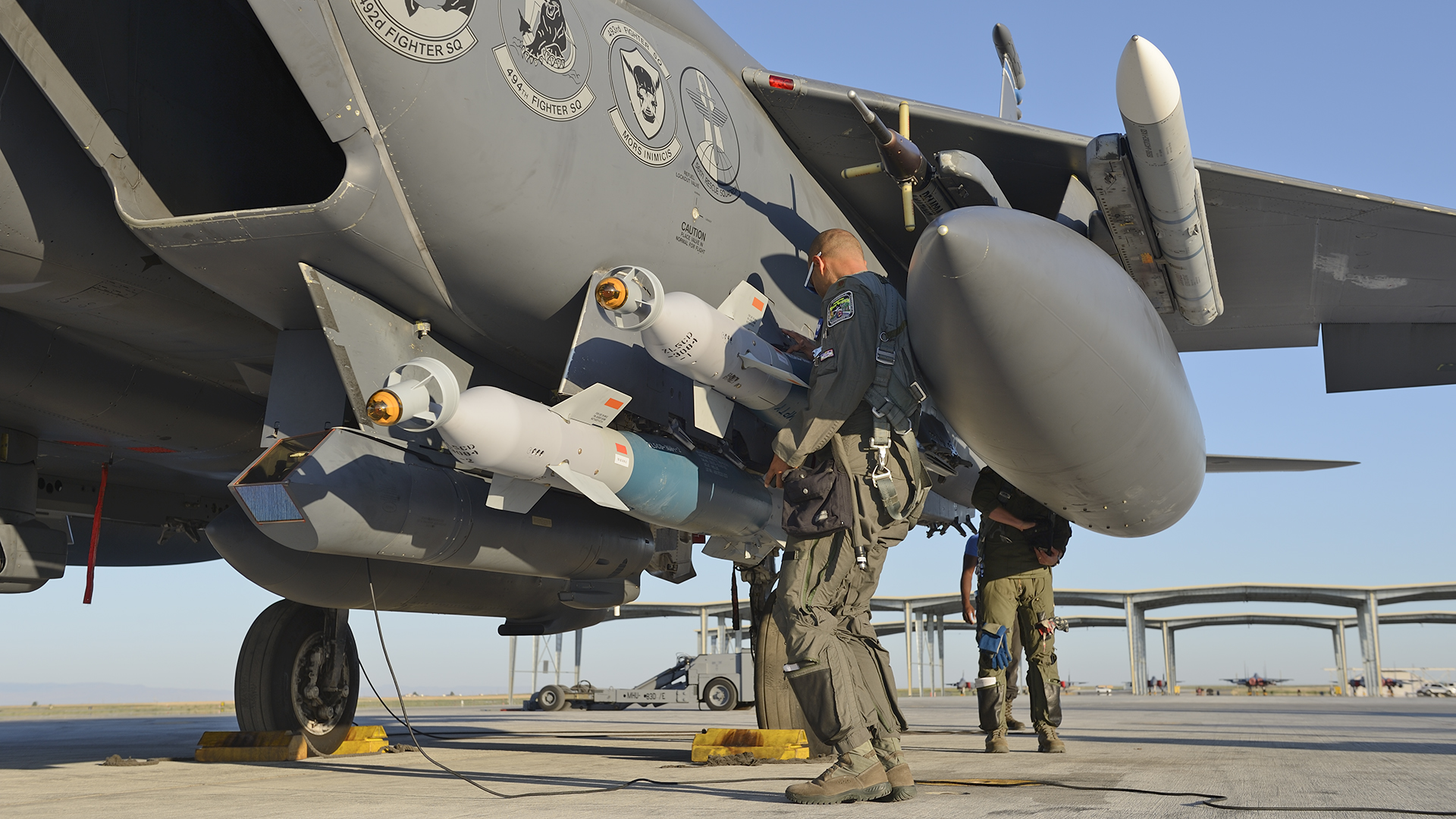
Not carrying the CFTs could also incur future air-to-air weapon carriage penalties too. Boeing’s proposed F-15C 2040C upgrade has largely been overtaken by the decision to procure F-15EX, but it included a raft of improvements including increased missile carriage for up to 16 AIM-120 Advanced Medium-Range Air-to-Air Missiles (AMRAAMs). An F-15C from the Louisiana Air National Guard’s 159th Fighter Wing was fit-checked with CFTs that featured new dual-launcher rails for each AMRAAM station as part of the Persistent Air Dominance Enabler program.
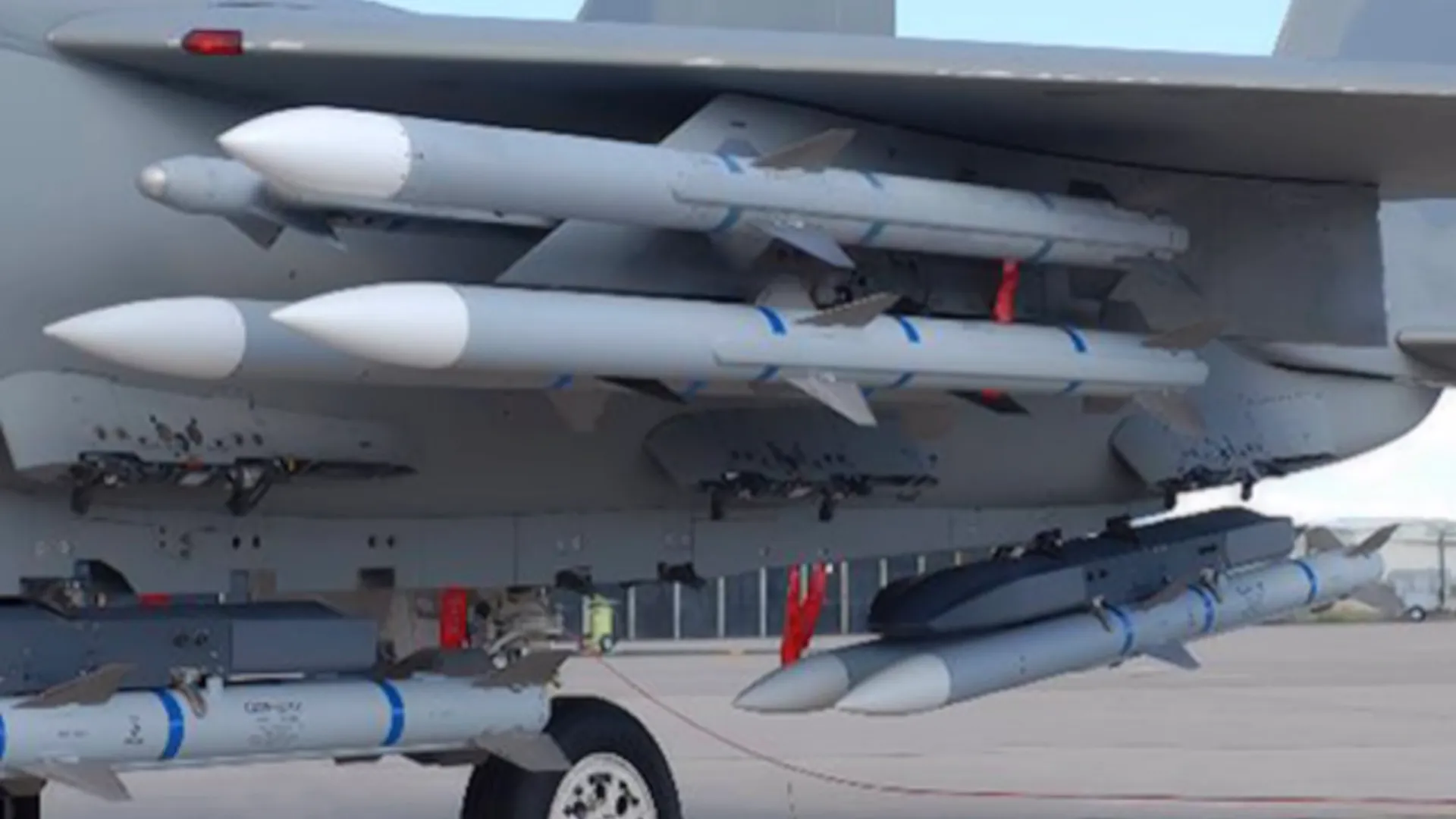
Traditionally, the pair of CFTs can accommodate four AMRAAMs (two on each side of the fuselage) — the same number as a jet without CFTs, in which case these missiles are carried on the fuselage’s shoulder stations. The addition of the so-called AMBER (Advanced Missile and Bomb Ejector Rack) effectively doubled the CFT’s missile carrying ability. Boeing also floated the idea of ‘quad pack’ hardpoints on the wings, with each inboard wing pylon capable of carrying four missiles.
The Advanced F-15 has been dubbed a ‘missile truck,’ with one of its key capabilities being to carry large numbers of AMRAAMs. Retiring weary F-15Cs, and instead recapitalizing the fleet with new F-15EXs, means that the USAF’s new Eagles will carry larger numbers of AMRAAMs but in a different way.
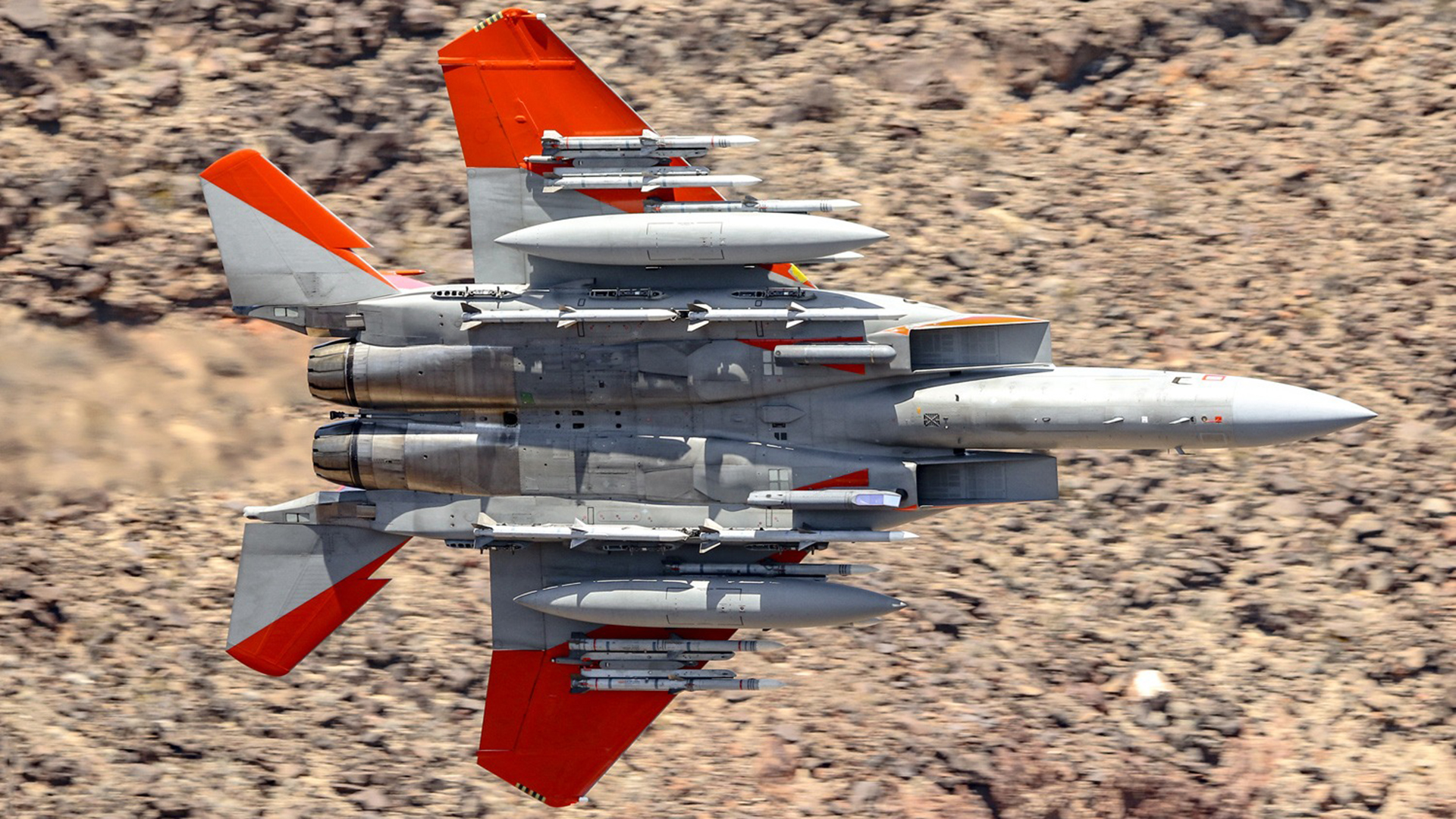
The Advanced F-15’s new fly-by-wire control system opened up the additional wing stations 1 and 9. This means that an F-15EX with or without CFTs or additional racks can carry as many as 12 AMRAAMs — eight on the wings and four on the fuselage. However, if the USAF adopted CFTs with AMBER racks for its F-15EXs, that could increase to 16 of these potent missiles.
It’s not clear if CFTs are in the long-term plan for the F-15EX. Similarly, it’s far from clear how many Advanced F-15s the Air Force will eventually procure from Boeing. But what is clear is that the F-15E community is already blazing a trail for optimized Strike Eagles for the air-to-air combat role, which does not include CFTs.
Contact the editor: tyler@thedrive.com
